Saint-Narcisse
Saint-Narcisse
Directed by Bruce La Bruce
Starring: Félix-Antoine Duval, Thomas Niles, Tania Kontoyanni, Alexandra Petrachuk, Andreas Apergis, Gabrielle Boulianne-Tremblay, Jillian Harris, Michel Eid, Jonathan Emond, Michael Czyz, Cameron Geller
Country: Canada
Year 2020
Author Review: Roberto Matteucci
Click Here for Italian Version
"You are like San Sebastian."
Two sophisticated and sought-after topos of psychology are narcissism and incest.
Narcissism has an increasingly morbid individual vision: everyone, sexy or ugly, is mirrored in their selfies. However, there is a difference in respect to the past. Narcissus dies infatuated with himself, reflecting on himself in the water. But, Narcissus was actually handsome and everyone fell in love with him.
Incest maintains relevant discretion and repulsion. In literature is widespread, but often the authors self-censor themselves. They prefer to narrate the sphere of love among acquired kinship.
For Sigmund Freud incest is much more natural. He bases an entire theory on the child's love for the mother:
“… childhood a phase of very intense but short-lived fixation on the woman (usually on the mother) and after overcoming it they identify themselves with the woman and take themselves as the sexual object; that is, proceeding on a narcissistic basis, they look for young men resembling themselves in persons whom they wish to love as their mother has loved them.” (1)
Canadian director Bruce La Bruce is used to manipulate limits, both human and psychological, with a hazardous spirit. In addition to having produced stimulating porn videos, he has directed, with an eager predisposition, some feature films. For example, in Venice in 2013, in Gerontophilia, he exalted the love, not virtual but lecherous, between a seductive young man and an old man met in a hospice. The love affair ended with the death of the elder. But other senior men are ready to be conquered.
In 2021, Bruce La Bruce presented Saint-Narcisse, at the 77th Venice Film Festival. In which, he joints narcissism and incest. He creates a dreamlike Freudian atmosphere in the French Canadian countryside of the seventies.
Freud thought is a specificity well-known by the cultured director. He focuses his attention on "debasement of the object of love, which people seem to have a big problem accepting", as he says:
“You have to take into consideration all the failed attempts to institute Marxism. There’s very basic Freudian principles that you cannot dispute. The idea of the unconscious, the idea of family romance. The one I always fixate on is the tendency toward debasement of the love object, which people seem to have a big problem accepting. There’s a lot of naïveté, even now in the woke movements, about what the nature of sexuality is, biologically. That’s a controversial thing to say, but sex is not a walk in the park. Sex is a very strong, primitive desire. This idea of the id, ego and superego and the reality principle and pleasure principle have always been essential models that I find hard to dispute.”
…
“It’s more just selfishness. Or maybe just their priorities are more about fulfilling their own desires. The third idea of narcissism is Freud’s idea of object relations. In infantile sexual development, the child can’t really distinguish between themselves and the parent, in terms of their bodies and their sexuality. That is a little more weird and conceptual – and Freudian. There’s something about that separation anxiety, the twins being ripped away from the mother at birth. They don’t have that same kind of development with the mother, which makes for a different kind of narcissistic rebellion.” (2)
The sex in the park and the twins separation developed the Freudian argument of the film.
Saint-Narcisse is a village in lush Canada, halfway between Montreal and Quebec. The events date back to the seventies. Domenic is a wonderful boy, an orphan, grown by his grandmother, an impetuous Catholic. Although the diffusion of cell phones with powerful cameras is still distant, Domenic obsessively photographs himself with a Polaroid. They are rudimentary selfies. The fervent religious grandmother never revealed to Domenic what happened to his family. She hid Domenic mother's letters. Upon her death, Domenic found them. They will reveal the sinful implications of the family: the mother, Beatrice, is not dead, she is a lesbian and lives with a woman, Irene. Domenic has a twin, Daniel. He is a monk. He lives in a severe convent, and he is the victim of the grim obscene libido of the sadistic prior, Father Andrew.
Like Narcissus, both Domenic and Daniel are handsome, and they are the objects of unanimous lust.
Domenic sets off in search of his mother, rides the motorbike to Saint-Narcisse. His arrival upsets Beatrice and her partner's existence.
The twins will meet in the wood and, looking at each other, they discover they are identical. The voluptuousness of their attraction will turn into love and eroticism. Actually, Domenic achieves his life purpose: the coitus with Daniel, it is a coitus with himself, the only form of worship desired. Incest and narcissism intertwine and create a lustful paroxysm.
The novelties reported by Bruce La Bruce concern lateral concepts.
For Bruce La Bruce, incest is romance:
“I try to see the romance in these fetishes that some people find disgusting or bizarre.' - Bruce LaBruce” (3)
The twins love each other, touch each other softly. Their bodies reach an explosive physical pleasure in the woodland scene. After their intercourse, Domenic offers to replace Daniel inside the convent, aware of the mortal danger of being the prior's prey.
Talking about Incest among twins is like talking about narcissism:
“Il twincesto, tra l’altro, è la più accettabile forma di incesto, perché la gente riesce a capire l’attrazione per sé stessi e il desiderio di fare l’amore con sé. Ed è molto popolare nel porno gay. Insomma… non così popolare, ma comunque un sottogenere che esiste, e trattarlo in maniera romantica e quasi religiosa forse è proprio scioccante.” (4)
Bruce La Bruce could have chosen other incest images, even more provocative, such as those between children and parents. His interest is to transfigure incest into narcissism, thus being able to include two fetishes, demonstrating the universality of love and sex.
However, do a good narcissism and a bad one exist?
“There’s a lot of talk about toxic narcissism in psychological terms, but I think narcissism is a lot more complicated than that. In the film, there’s good narcissism and bad narcissism.” (5)
There are both versions in the film. The good one is evident. Love between twins is the apotheosis of infatuation, passion, eroticism, and fetishism. The evil one is the psychological "the ideological white noise of the new millennium" of silent iPhones in taking series of selfies, often used for perpetual onanism. Narcissists cannot find anything better than them, so, they cannot watch YouPorn or a magazine for their self-eroticism. There are no surrogates: for this, Narcissus starved. For this, the modern Narcissus risks eternal sexual castration, Bruce La Bruce says:
“Narcissism has obviously become the default psychological state, the ideological white noise of the new millennium, evidenced by selfie culture and social media solipsism. So I thought it was high time for a more contemporary reinterpretation of the Narcissus myth.” (6)
There is obvious derision of the Christian context. The film could not survive without the religious symbolism:
“As a devout agnostic, I've never bought into organized religion, but I am fascinated by the lives of the saints, and how deeply perverse and sexually fetishistic they often are. Much of my later work, including my photography, is about the intersection between religious and sexual ecstasy, and how closely related they are, sometimes indistinguishable. Every sexual fetish involves a certain worship of the love object, even a strong religious devotion. Sex is religious, religion is sexual. End of story.” (7)
The director highlights religious fetishism through the figures of perverted saints. It is the link between mysticism and sexuality. Spiritual images fill the frame, popping up everywhere. They globalize it. They swallow it. They cause indigestion. Finally, they reject it. The film is dominated by these details, by a multitude of references. Some are obvious, as the highly exploited Saint Sebastian and his licentious carnality; tied naked to a tree, penetrated by a myriad of arrows.
The strictly Catholic icons of the grandmother are connected to those of Father Andrew, who rigs the religiosity of famous images by behaving like Dan Brown with the ecstasy of Saint Teresa.
It is a fate even for an undisciplined artist like Bruce La Bruce, who has an important filmography on religious desecration, explains the author:
“The Misandrists was a nun-sploitation film and so this is kind of the more masculine version of that. It’s been something I’ve been exploring for a while. In 2012, I had this photo exhibit in Spain called “Obscenity”. I shot a lot of well-known Spanish celebrities and the theme of the show was the intersection of sexual and religious ecstasy. I used the ostia, the holy wafer, as a symbol of both censorship and eroticism with women wearing it as pasties or whatever. So that was when I really started exploring that theme and it stuck with me. A lot of my films have it – even Gerontophilia plays with the idea of Lake, the young boy, being a saint. I have a couple of scripts now that are based on saint characters. Even François Sagat in L.A. Zombie is like a saint because he resurrects people… by fucking them.” (8)
Domenic and Daniel have the same character. They grow far away, but they become into a single person after they meet.
Domenic gets excited by watching himself in the bathroom glass and even in the mirror of the motorcycle. He takes selfies and donates his photos.
Daniel is instead the naughtiest monk in the monastery, lover of the corrupt Father Andrew. Algolagnia is the basis of their perfidious relationship, the prior wants to pierce him like Saint Sebastian.
The twins have an Oedipus complex. The father has disappeared and both of them love their mother, even physically. They are epicurean, hieratic, satyr, carnal, rhetorical, tormented.
They are deeply in love, until martyrdom. After their salvation, the couple will take a step forward in their vainglory and, together with the two women, will set up, like the hippies of the time, a lascivious commune. The family, passionately and sexually, expands. Domenic, nude, hugs his mother and, scrutinizing Irene, and he asks puzzled, or perhaps hopefully, "I hope she is not my sister”.
Domenic's self-esteem is in the dreamlike opening sequence. Close-up of Domenic's bulge, the camera rises to his face. He is in a laundry room, waiting for his clothes inside the washing machine. The hypnotic rotation of the porthole induces him a nightmare: he fucks with a girl, and fuels his ego because people are staring at him from outside. It is a dream, but for the director, it is Domenic's mental manipulation, his temperament representation.
There are multiple exaltations of his narcissism. The aura increases in his haircut scene with sacred music. Or, it is the predictable reflection of a twin in the water of the river. Or, it is their symmetrical movements.
The film has a bright light, forced to highlight the dream, to celebrate the nostalgic Canada of the seventies. The moral aspects must not prevail. Is Father Andrew evil? Are Domenic and Daniel the good? Is the bigoted grandmother evil?
The religious element is a caricature. The author enjoys placing artistic and grotesque symbols everywhere. The effect is a parody, full of stereotypes.
Editing is a style factor. It is fast, essential to promote double and dichotomous roles. Bruce La Bruce moves the characters and combining, joining, comparing them, enchants like the porthole of the laundry. Therefore, editing becomes conceptual when it associates visions, mysticism, anguish, fears.
The scenography is detailed, gothic, both for the music and for the spaces full of ostentation. The sensation is accentuated by the comparison with the Quebec country setting. Both are ideal settings for the praise of the beauty of the protagonists and their final orgiastic carnality.
The director works on the actor Félix-Antoine Duval, a contemporary interpreter of the twins. Bruce La Bruce talks about his dedication to Duval:
“Dominic has been raised in freedom so he’s more loose and unselfconscious, and Daniel is a little fidgety. We worked on his body language. He’s a smoker; he’s reluctant with his sexuality; he knows subconsciously that he’s been exploited, but at the same time, he does have genuine sexual feelings for Father Andrew.” (9)
His freedom, his restlessness is exploited, to be complementary to the editing, to describe the agitation, the irrepressible impulses, the charm of the twins.
Of course, Saint-Narcissus is over the top.
It is exaggerated in the script, in the scenography, in the editing, in the music.
It is exaggerated in their personalities, in their fake freedom, in wanting to challenge the world. Nevertheless, the world is not interested in them. As a result, the film screams its protest louder, but in Saint-Narcissus something does not work. The subject allows the author to move with the maximum artistic autonomy, without hiding irrefutable difficulties with respect to the past. Nowadays, the provocateurs are disconnected. The pungent and offensive thoughts now belong to the politically incorrect. So, the fomenters find themselves on the opposite side, with a crisis of conscience.
Bruce La Bruce, like all agitators, knows the problem, the ambiguities, so he pronounces some confusing sentences because he wants to be different from his old opponents:
“Well, I think you’re right that it’s now the provenance of the right more than the left. It used to be that people on the left were labelled politically incorrect for going against certain conventions or conservatism within the left. And now the right uses it – and Trump is the master of it, obviously – as a cudgel against the left.
My films are quite often a critique of the left and leftist radicalism. But for me, it’s an affectionate critique that still supports certain leftist tendencies like sexual radicalism or anarcho-syndicalist policies or whatever. As time goes on, I find it more and more difficult to identify in any sort of object way with the left. But I’m certainly not on the right so I’ve been calling myself a radical pragmatist, whatever that means.
It’s not difficult to be politically incorrect on the left right now because you have all these prohibitions, you have all these rules, you have conduct, speech is censored, there’s policing of sexuality. There’s the phenomenon of the circular firing squad. People are cancelled for, in some cases, minor offences, even though they’re strong voices on the left that are doing a lot of good. I guess my films have always been politically incorrect because certain segments of the gay world don’t think that I present gay to them in a positive light. I’m a bad gay basically.” (10)
Nowadays, bewilderment cannot be liberal because they are the traditional and boring side. It cannot be conservative because they are his previous enemies. There is a simple solution, to invent an intellectual neologism, that of being a “radical pragmatist”. Of course, it does not mean anything but allows him to be a rebel again. The film is affected by his doubts, his confusions, his choice of field. The revolutionary thrust of Saint-Narcisse collides with the obvious, the repetition, the banality, the boredom, the conformism, the superficiality.
There is no more sense of a polemical director, like Bruce La Bruce, to shout against Catholicism because Pope Francis is ruining the church more than any worse atheist.
There is no more sense mythologizing gays as victims because their role and their rights are consolidated.
There is no more sense considering incest disgusting while on the internet, there are many more repugnant videos.
There is no more sense talking about Saint-Narcisse. Surely there is a good, intelligent, credible, stylistically prepared director. The ironic tone is fading and the wickedness has dissolved, he should excogitate a more belligerent language.
Stat crux dum volvitur orbis. How many perfidies exist for, the cross remains steadfast while the world turns.
Sigmund Freud, Three Essay on the Theory of Sexuality https://www.sigmundfreud.net/three-essays-on-the-theory-of-sexuality-pdf-ebook.jsp
https://nowtoronto.com/movies/bruce-labruce-saint-narcisse-interview
https://seventh-row.com/2020/11/06/bruce-labruce-saint-narcisse/
https://www.toh-magazine.com/toh/2020/11/bruce-labruce-non-mi-piace-quando-tutto-va-bene/ translate by the author
https://seventh-row.com/2020/11/06/bruce-labruce-saint-narcisse/
https://intheseats.ca/taboos-were-made-to-be-broken-an-interview-with-bruce-labruce/
https://seventh-row.com/2020/11/06/bruce-labruce-saint-narcisse/
https://intheseats.ca/taboos-were-made-to-be-broken-an-interview-with-bruce-labruce/


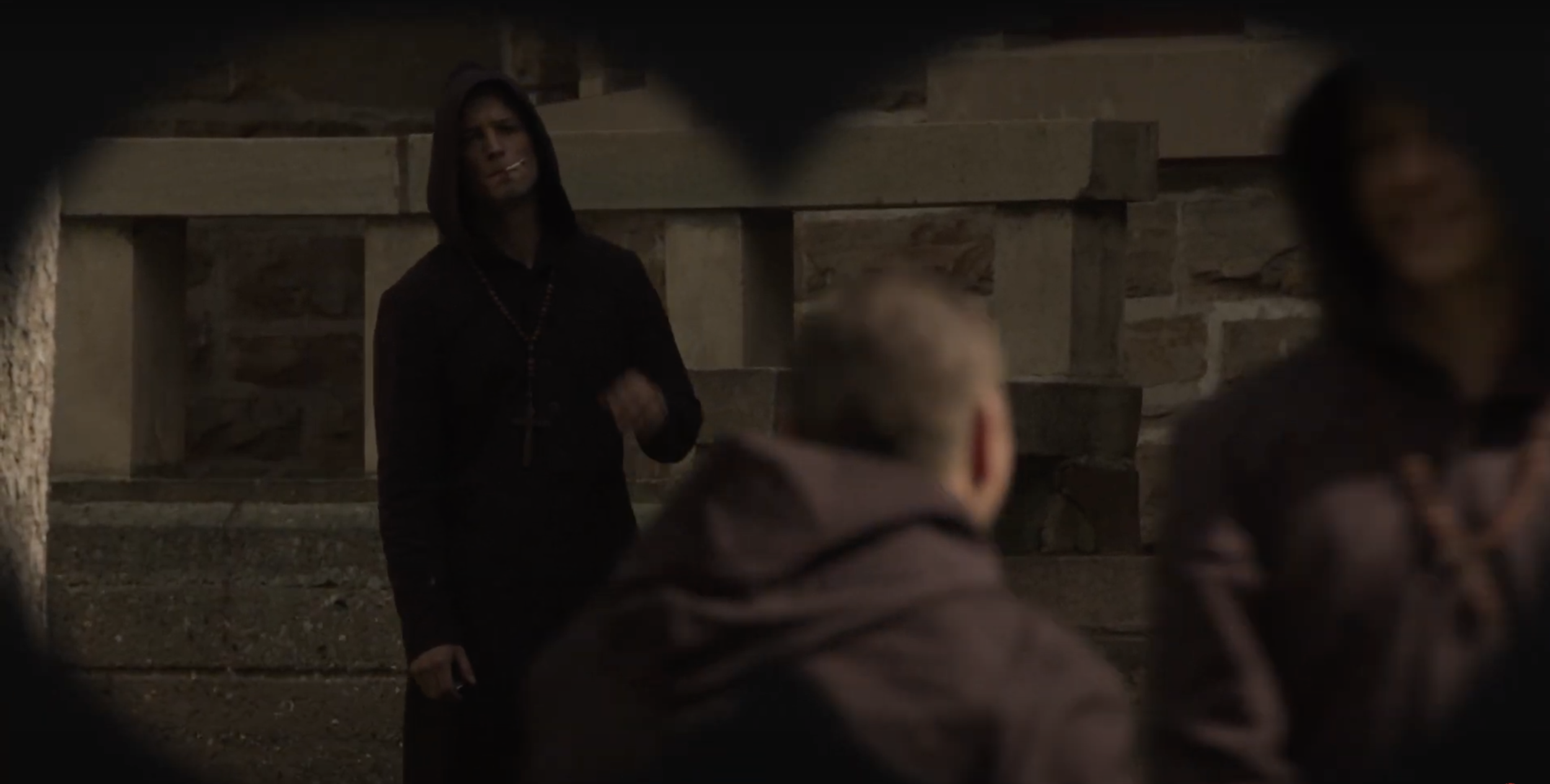


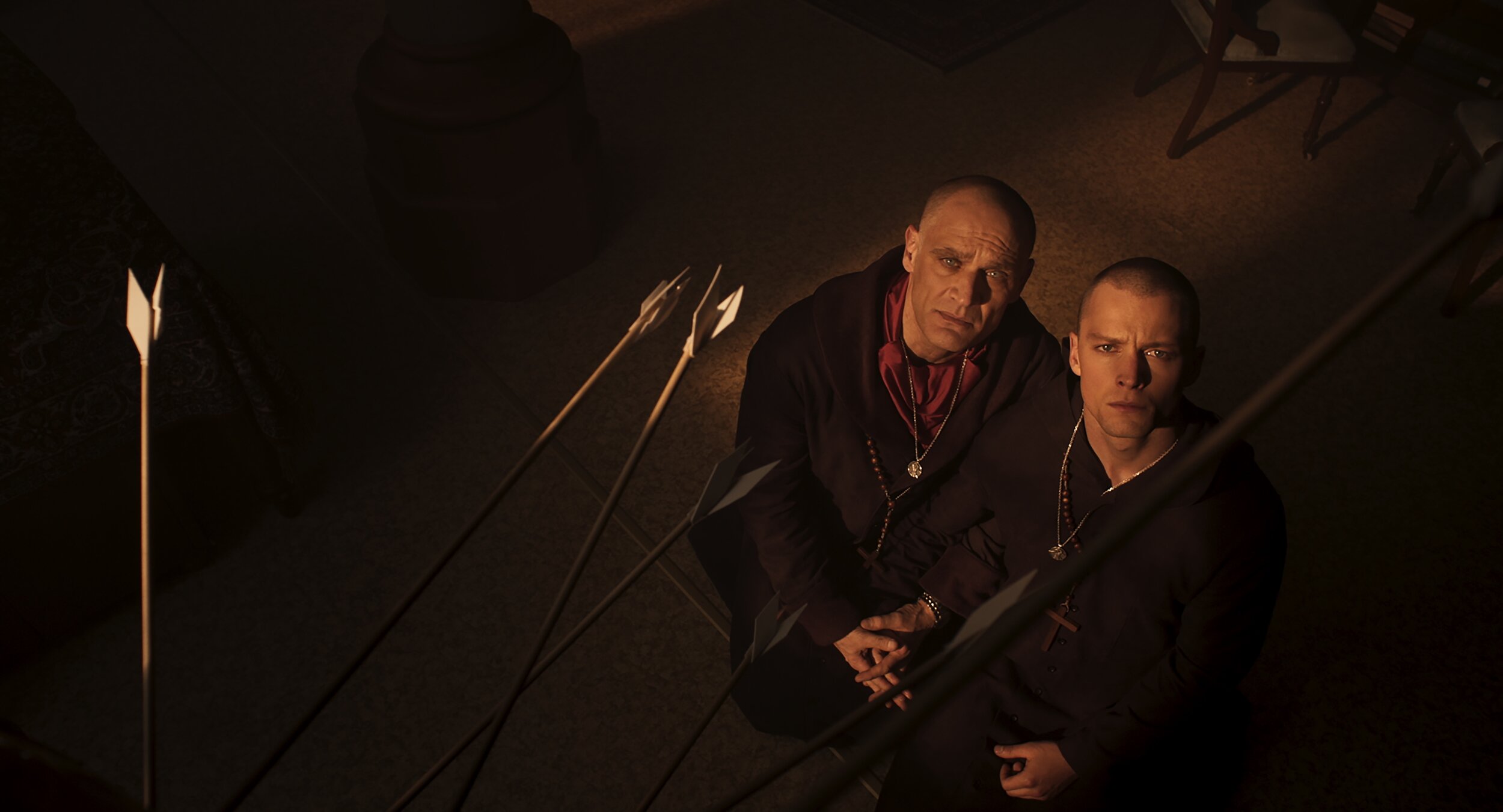











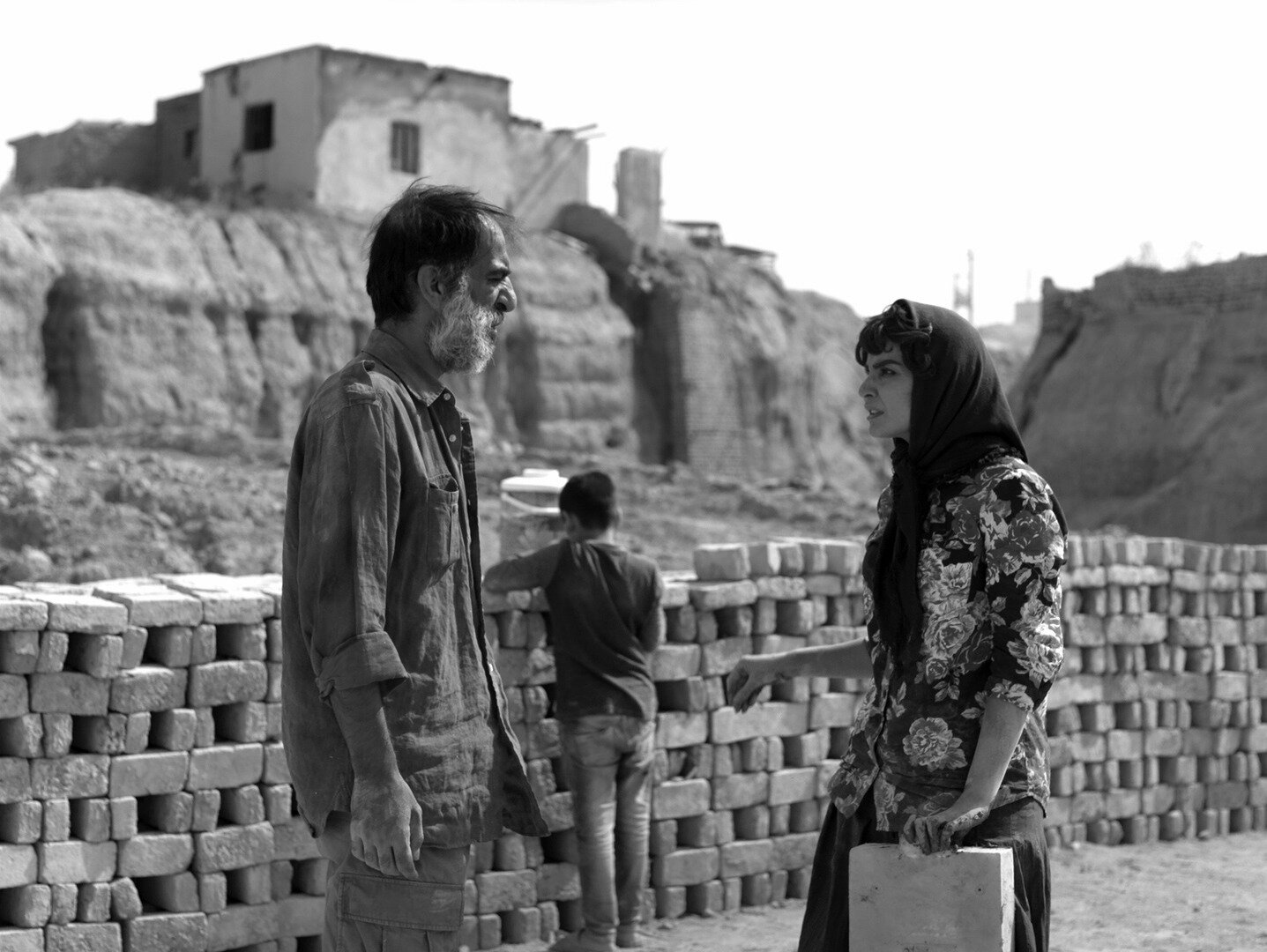
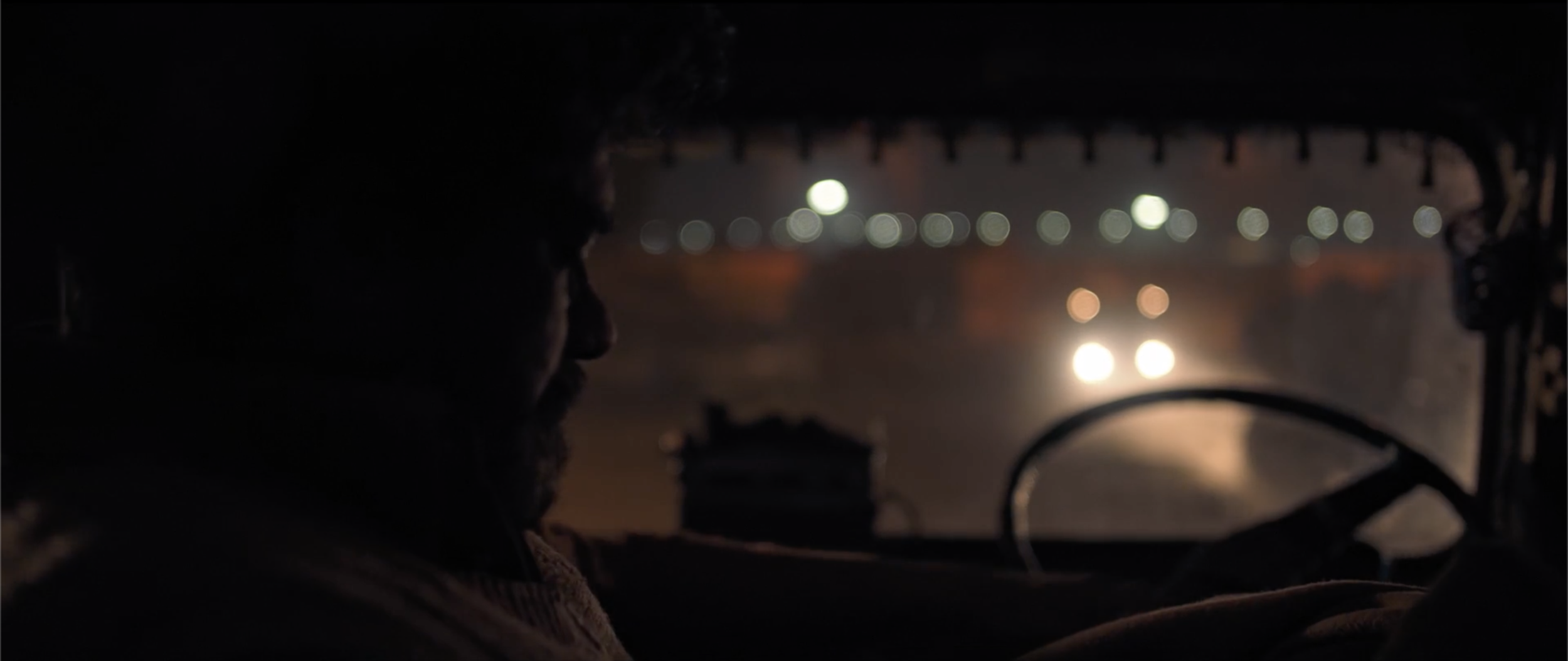

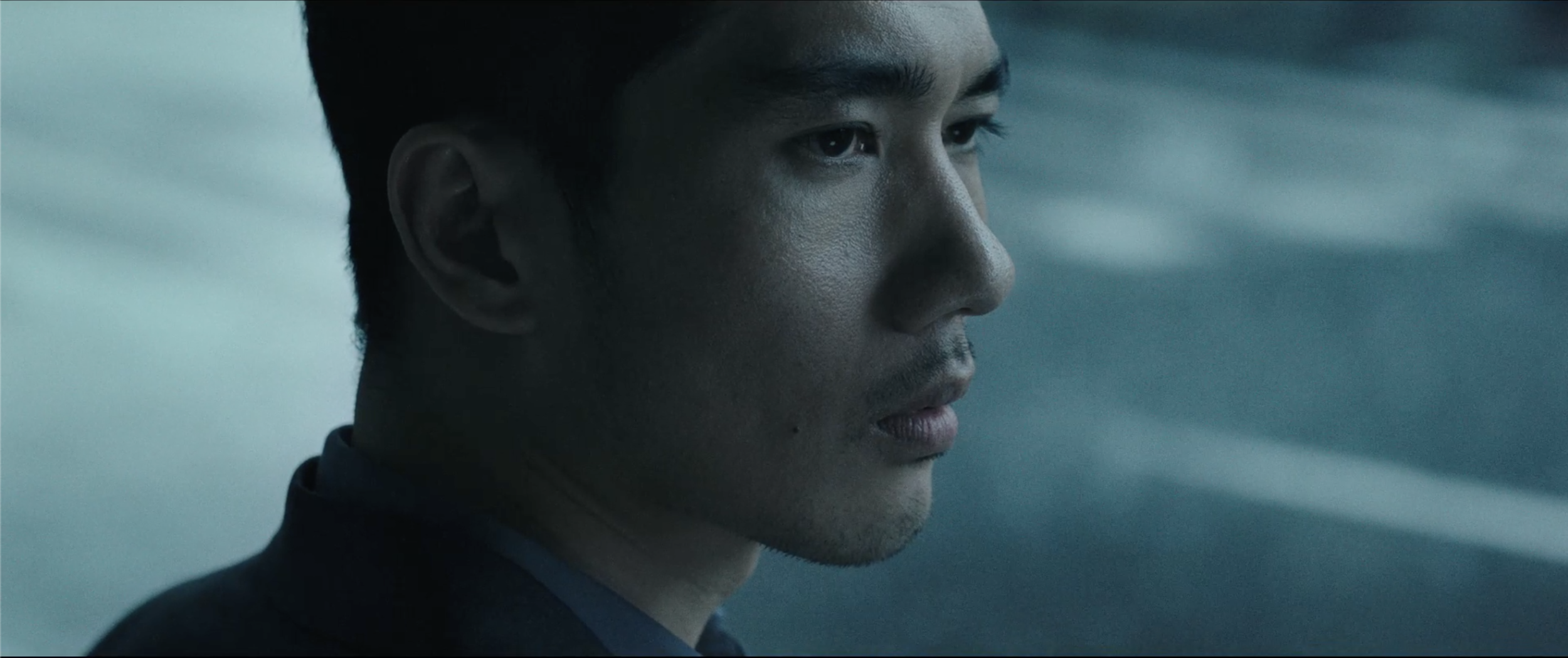

Directed: Roger Michell
Starring: Helen Mirren, Jim Broadbent, Matthew Goode
Country: UK
Year 2020